Japanese culture is one of the most ancient and unique in the world. From centuries-old music, dance, clothing and cuisine, to remarkable arts and crafts, traditional architecture and festivals, Japan is a haven of cultural wonders. The country now has 22 recognised cultural practices on UNESCO’s List of Intangible Cultural Heritage along with UNESCO’s 25 World Heritage Sites. So where to begin your cultural journey in Japan? From making washi paper and gold leaf to enjoying a kaiseki lunch with a local family in a traditional ryokan and celebrating the Takayama Festival, here are 16 ways to discover the real culture of Japan.
1. Wear a traditional kimono
Kimonos are icons of Japanese culture and style. Get to know this tradition when by visiting a specialist kimono shop and have some fun dressing up. On our Splendours of Japan tours, an expert kimono dresser will assist you and show you all the tricks to make it easy to put on your kimono. You’ll get to choose your favourite colour and matching bag and shoes, and then you can spend some time strolling the streets in your kimono. Snap some great photos or simply take a relaxing stroll – it’s great fun for everyone.

2. Celebrate the Takayama Festival
Japan is famed for its vibrant festivals and the Takayama Festival is one of the best. The festival celebrates the changing of the seasons and happens twice a year in spring and autumn. It’s held in the town of Takayama, where you’ll wander down through the Edo-style streets in the Old Town. Soak up the festive atmosphere and the music, and admire the parade of ornately carved yatai (floats) with karakuri ningyo (marionettes) dancing as the tsunakata (puppeteers) pull the strings. The festival dates back to the 17th century and it’s a beautiful way to celebrate the seasons. While in town, you might also like to try Japanese Hida-gyu, beef from a black-haired Japanese cattle, hailed as one of the finest varieties of beef.
3. Admire the traditional architecture of Gokayama
Set high in the mountain among five valleys, the UNESCO-listed village of Gokayama is one of the most soul-stirring places to visit in Japan. This peaceful village is known for its unique construction of traditional gassho-zukuri wooden houses. The houses are built without nails and with sloped thatched roofs to stop snow from building up on them. It truly does look like a scene out of a fairytale.
4. Learn how to make traditional washi paper
While in Gokayama, you’ll could learn about the tradition of making washi paper. Dating back to the 7th century, washi paper is one of the most important traditional arts in Japanese culture. As part of a MAKE TRAVEL MATTER® Experience, you’ll meet a local family who run a washi paper-making business. You’ll observe the artisans making washi paper, which is used for artwork, bookbinding, origami, writing and more. You’ll also get to make your own washi paper, which is a beautiful memento to take home from your trip to Japan.
5. Get immersed in the culture of Kyoto
The city of Kyoto is one of the most impressive cultural centres of Japan. You can explore temples and shrines, from the blazing orange torii gates of Fushimi Inari Shrine and the sacred site in the mountains, to the ornate detail of the 1,001 “thousand-handed” goddesses of mercy statues at Sanjusangen-do Hall. Admire the UNESCO-listed Golden Pavilion or soak up the beautiful nature in the Zen gardens of Tenryuji Temple.
Beyond the temples, be sure to dive into the markets and cuisine of Kyoto. Explore the Gion District and the vibrant Kawaramachi street. Then head to Nishiki Market, known as “Kyoto’s Pantry”, where you can try all kinds of traditional local food.
6. Experience Kyoto’s performing arts at the Gion Corner
If you really want to get a dose of Japanese culture, head to the Gion Corner in Kyoto. This unique theatre is where you can observe seven of Kyoto’s UNESCO-listed traditional performing arts – all on one stage. You can listen to the melodies of Koto Music, where masters play an ancient six-stringed zither wearing ivory plectrums on their fingers. Watch a Bunraku puppet performance. Listen to Gagaku (court music), indigenous music performed at temples and imperial shrines. Watch a Kyogen Theatre performance, which tells funny stories of daily life. You can witness the art of flower arranging and a traditional ‘Ryurei style’ tea ceremony. See the elegant Kyo-Mai dance performed by maiko dancers in intricate dress. After, visit the Maiko Gallery, where you’ll see the stunning costumes and hair decorations of the maiko dancers.
7. Learn how to make sushi
If you love Japanese cuisine, you’re probably a big fan of sushi. You’ll can learn how to make this delicacy with a Local Specialist in the Ginza district of Tokyo, where you’ll discover all the tricks and tips to make the perfect sushi. Learning how to make real sushi in Japan is one of the most delicious souvenirs you can take home with you and cherish forever.
8. Get up close to magnificent Mount Fuji
Mount Fuji is the iconic peak of Japan, surrounded by breathtaking scenery. It’s also a great place to discover real Japanese culture. We’ll visit Oshino Hakkai, a small rural village in the Fuji Five Lakes district, where you’ll admire the eight natural spring water ponds filled with melted snow from Mt. Fuji. You can also drive up Mt. Fuji to the 5th station at an elevation of 2,300 metres, or ride up Mt. Tenjo on the Kachikachiyama Ropeway for spectacular views of Mt. Fuji and Lake Kawaguchiko. We’ll also stop by Ōwakudani, a volcanic valley with sulphur vents and hot springs, where you can sample the local black eggs boiled in geysers.
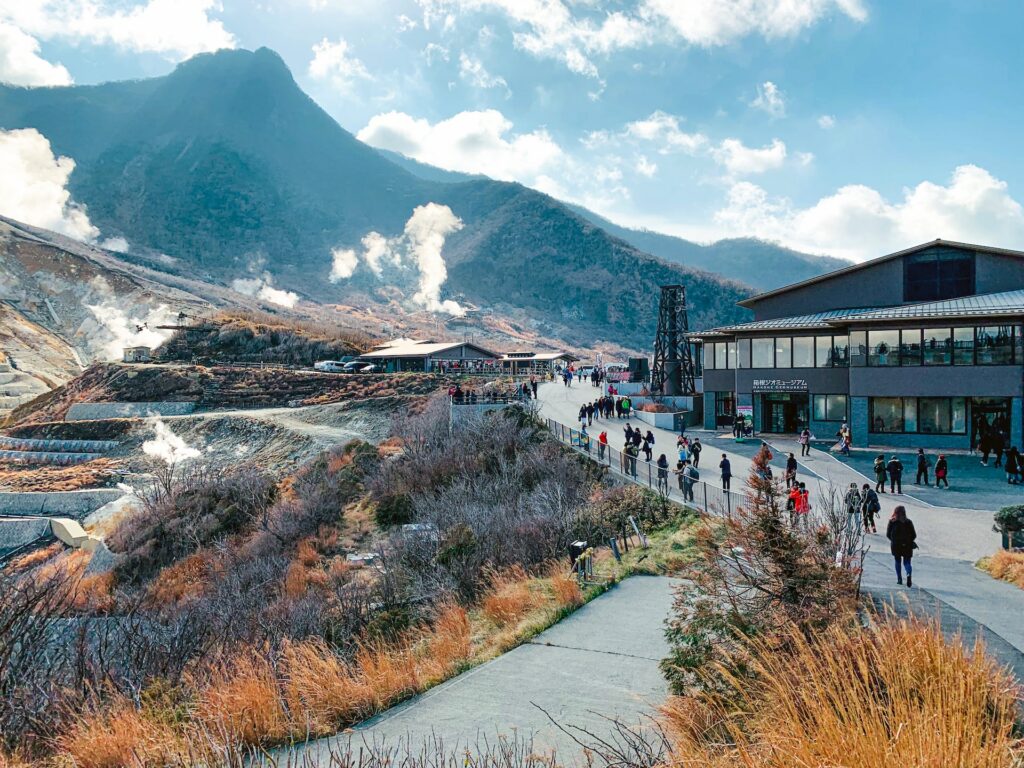
9. Enjoy a kaiseki lunch with locals in a traditional ryokan
In Kyoto, on Splendours of Japan, we’ll meet a local family who will invite us inside their traditional ryokan. The beautiful home was built in 1932 as the second residence of Emperor Akihito’s uncle. We’ll sit down to a delicious kaiseki lunch, an exquisitely-prepared, traditional multi-course Japanese haute cuisine meal. While we eat, we’ll chat with our hosts and learn about local Japanese culture and what daily life is like in Kyoto.
10. Discover the art of gold leaf
We’ll visit the city of Kanazawa to discover the UNESCO-listed art of gold leaf. Kanazawa has been the centre of gold leaf production in Japan since the 16th century and it’s here you’ll meet a Local Specialist and learn the gold leaf art. Gold leaf is made from real gold that has been shaped into an extremely thin sheet. It’s used as a decorative material on many items, from tableware to gilded buildings. Kanazawa is the only place in Japan that continues the art of gold leaf and it’s a very special experience to witness the entsuke gold leaf-making process, also unique to Kanazawa. As you travel around Japan, cast a closer eye on national treasures like the Nishi-Honganji Temple, the Konjikido Golden Hall of Chusonji Temple, and the Hongwanji Kanazawa Betsuin, as these are all decorated with Kanazawa gold leaf.

11. Get cooking in Hiroshima and Miyajima Island
Hiroshima is renowned as a city that celebrates peace in memory of the devastation of war. It’s also home to one of the best cuisines in the country. We’ll visit a local restaurant where we’ll meet a Local Specialist to learn how to make okonomiyaki, a savoury pancake. You’ll learn all the secrets to making the best okonomiyaki, then tuck into your own delicious creations for lunch. We’ll also take the ferry to Miyajima Island where you’ll join a Loc al Specialist to learn how to make the local delicacy, momiji manju. Master the art of shaping the steamed bun into a maple leaf and filling it with sweet red bean paste – then sample the tasty goods. While you’re on the island, you’ll also admire the UNESCO-listed Itsukushima Shrine, where the torii gate rises out of the sea.
12. Observe a Japanese tea ceremony
Japanese tea is globally renowned and what better way to get to know this cultural practice than with a traditional Japanese tea ceremony? You’ll meet a professional Tea Master who’s spent years honing his craft, then witness the Zen Buddhism-influenced tea ceremony. As you learn about the history and culture of tea making in Japan, you’ll see how the Tea Master prepares matcha (powdered green tea) with water and a bamboo whisk. You’ll then learn the Japanese way of drinking tea and try some Japanese sweets with it. You can even have a go at making your own soothing tea after the ceremony.
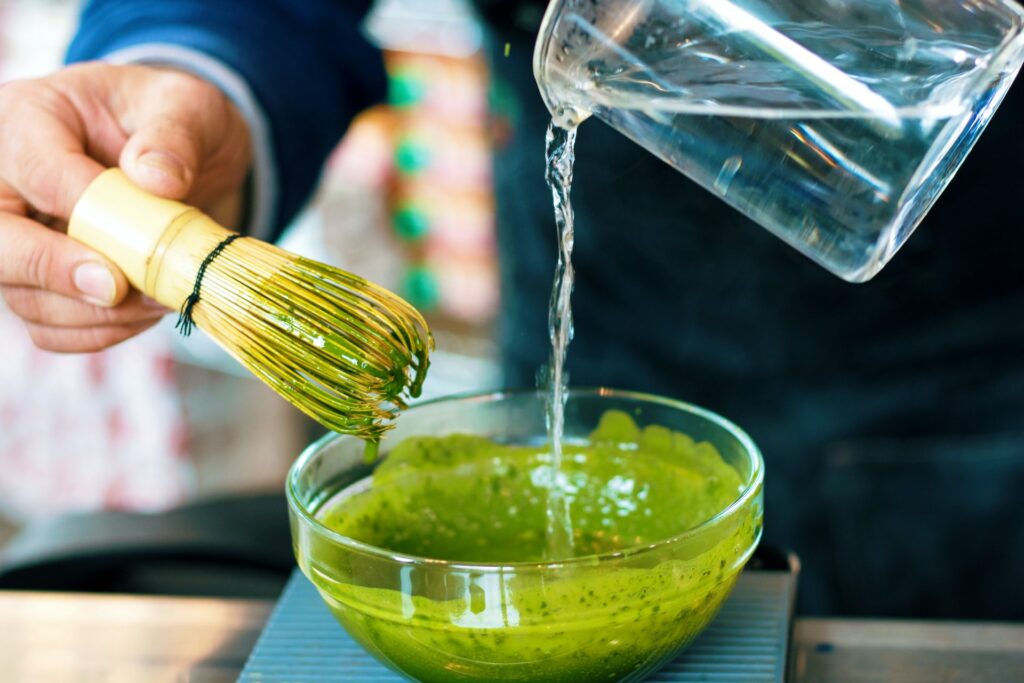
13. Uncover the legends and lore of Osaka
Osaka is one of the most fascinating cities in the country. Not only is it the street food haven of Japan, but it’s also packed with cultural treasures from castles to shrines. We’ll discover the ill-fated love story of Ohatsu and Tokubei, when we visit the Tsuyunoten Shrine in Umeda. The star-crossed lovers tragically both ended their lives at the shrine in 1703. To this day, visitors write prayers for love and success on ema (special wooden plaques) bearing the image of Ohatsu and Tokubei.
We’ll also cruise on an aqua-bus along the Okawa River, sailing past Nakanoshima and the striking Osaka Castle. Admire the breathtaking views over Osaka from the Floating Garden Observatory, then get up close with local life and try some of the famous street foods in the Dotonbori Street area and beyond.
14. Learn the rhythmic art of taiko drumming
We’ll introduce you to a Local Specialist who will show you the rhythmic art of taiko drumming. Originating centuries ago, taiko drumming was largely used in the military. While “taiko” means drum and can refer to any drum in Japan, it’s come to be known as the traditional art of Japanese drumming (in Japanese, kumi-daiko). It remains a well-preserved and mesmerising art; you’ll even get to try out the drums yourself.
15. Make ink sticks in Nara
Nara was the first permanent capital of Japan and specialises in ‘bokusho’ the art of ink-making. The ink sticks are delicately crafted by artisans and the meticulous process involves kneading soot with glue, adding fragrances and carefully moulding the mixture into the desired shape before slowly drying it into its finished form. Handcrafted ink sticks are more than just everyday utensils used by calligraphers and artists – their inspired quality and shapes also make them works of art. On Japan Discovery, observe the artisans at work and have a go at making your own ink stick which you are welcome to keep as a souvenir.
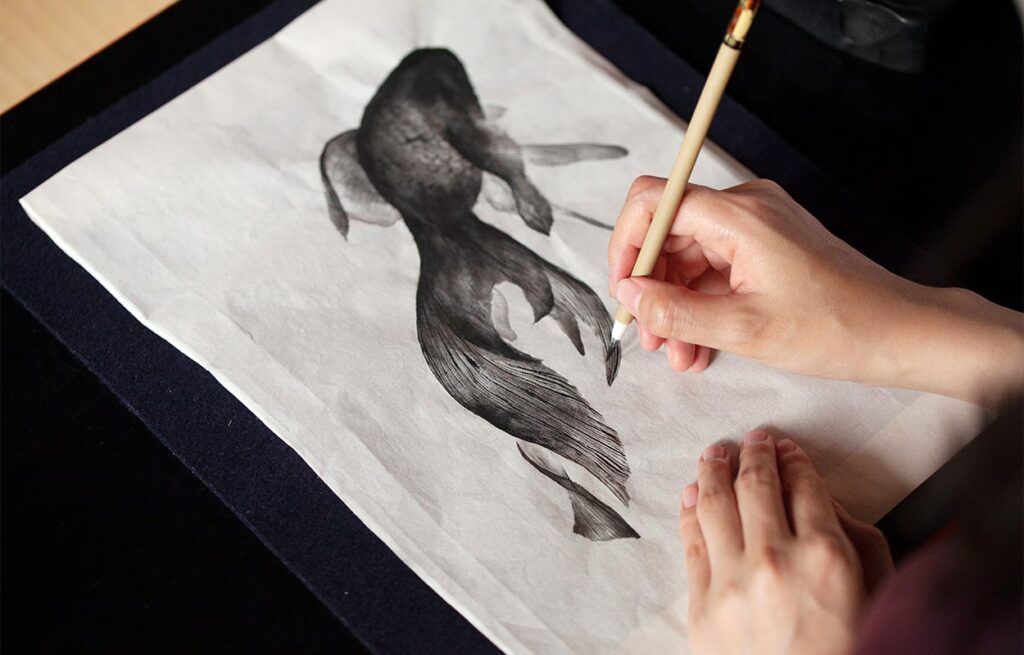
16. Take a look inside the life of a Samura
Visit the Nagamachi District with its beautifully preserved samurai houses that line the traditional stone streets. Here you will visit The Nomura Family Samurai House, a samurai mansion that once belonged to the Nomuras, a wealthy samurai family. Although many of the samurai houses were destroyed after feudal Japan came to an end in the late 1800s, the Nomura Family Samurai house fell under the hands of a rich businessman and did not get destroyed. The former estate is famed for its beautiful Japanese garden and preserved traditional Japanese architecture. On your visit here you will gain first-hand insights into samurai life.
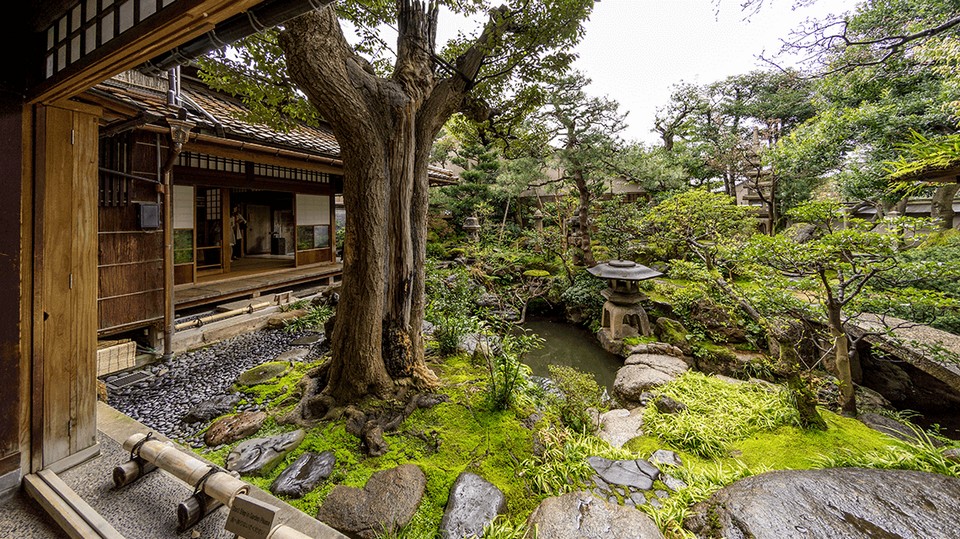
Experience the alluring culture and history of Japan on Splendours of Japan, or call 0800 842 685 to chat with us more about Japan group tours to fit your travel style and budget.
Get inspired with the Big Tour Sale now on select guided coach tours, and the Year to Remember Sale on select river cruises! Plus speak to us about solo travel!







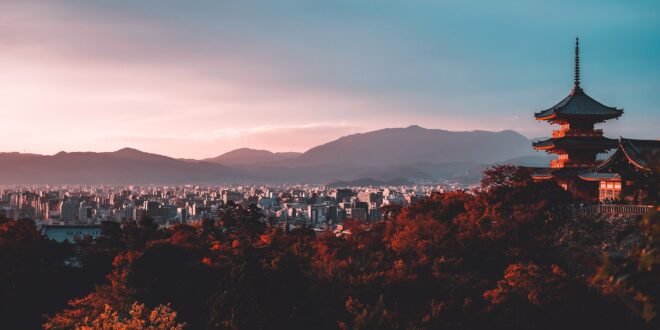
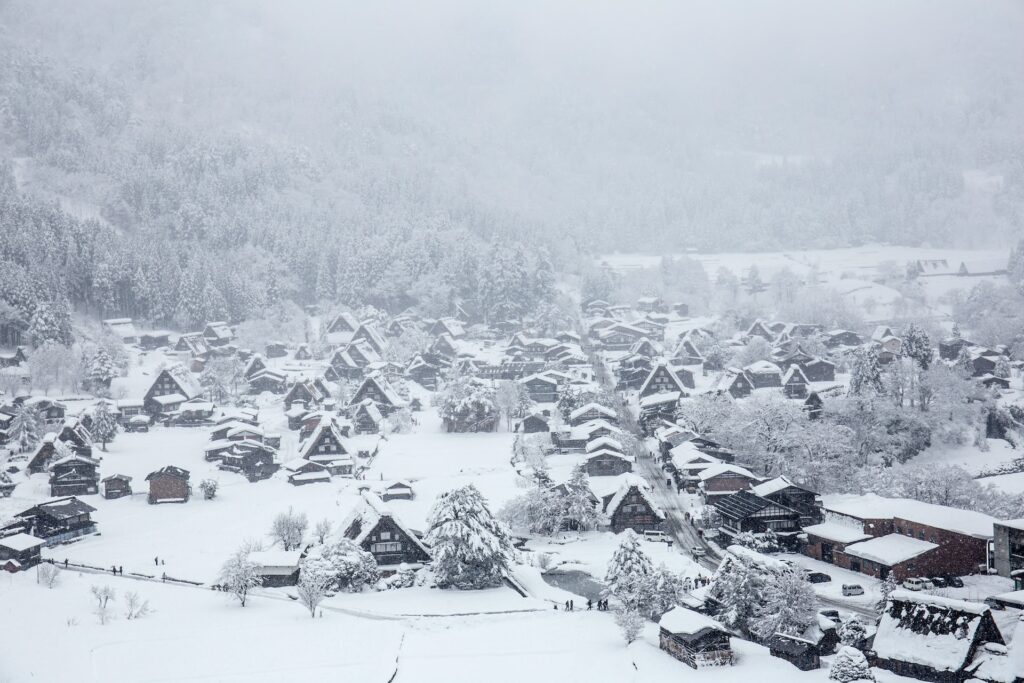
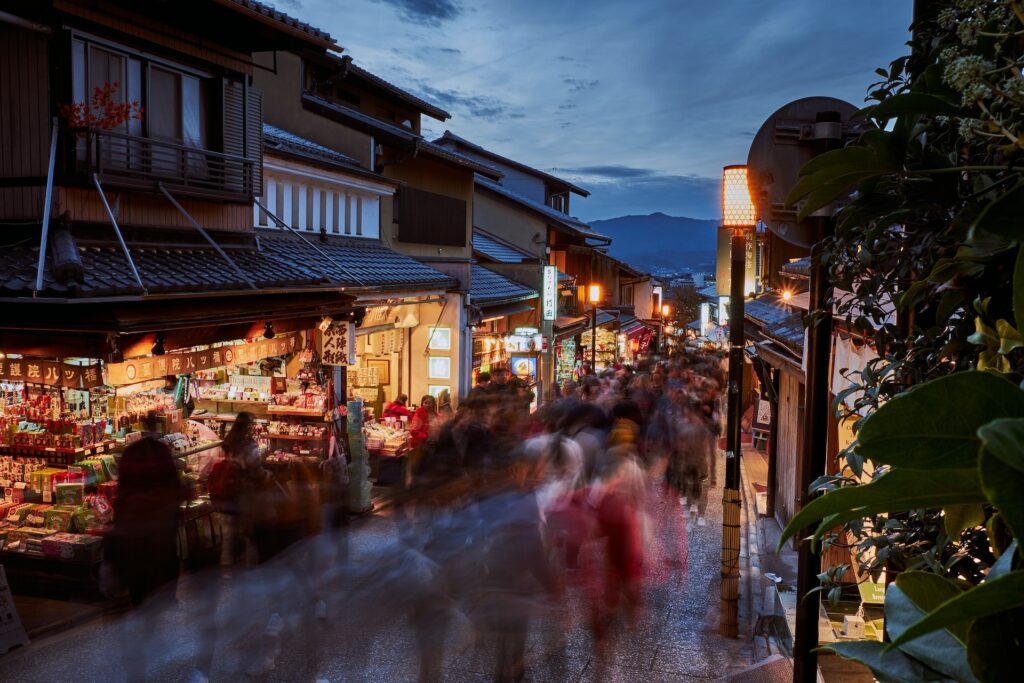

Join the Discussion
Type out your comment here:
You must be logged in to post a comment.